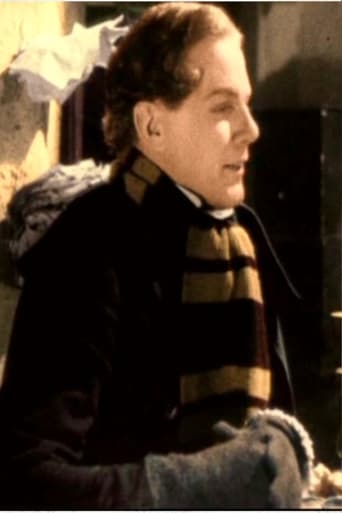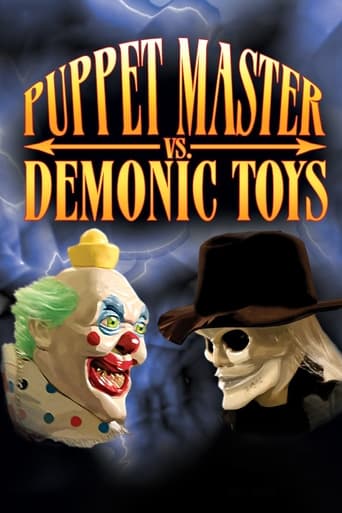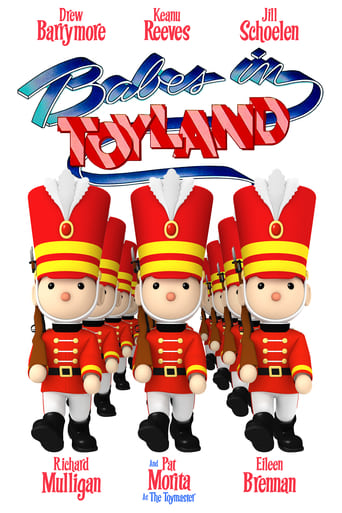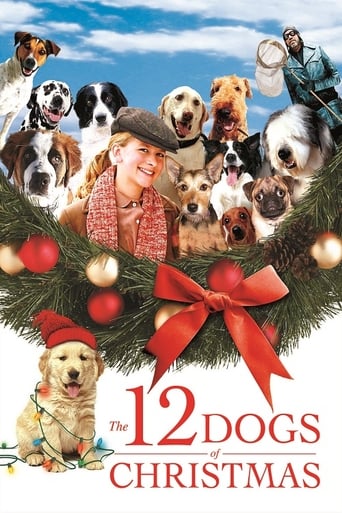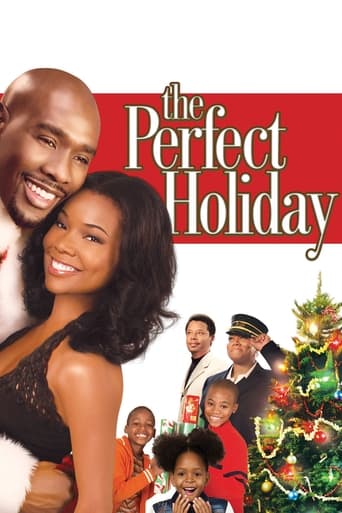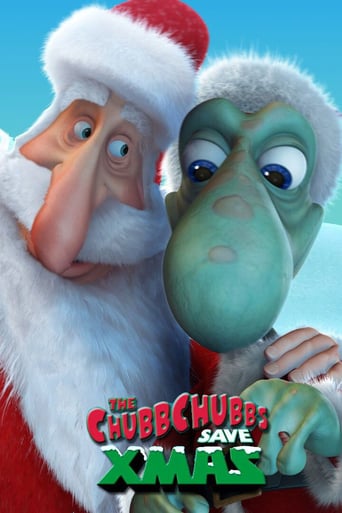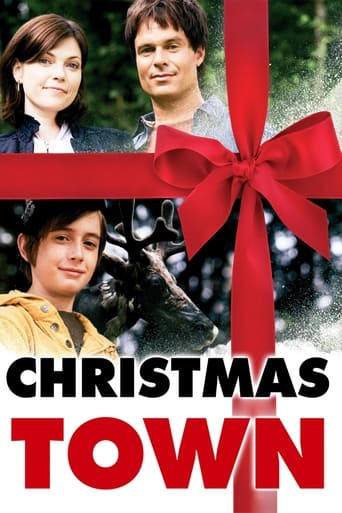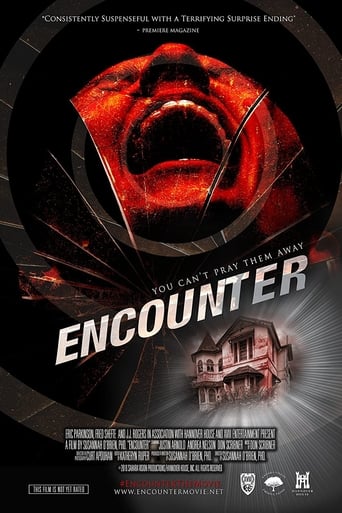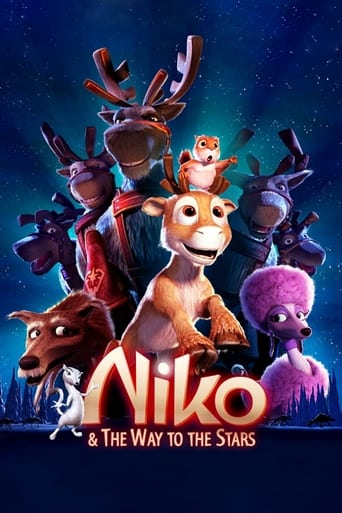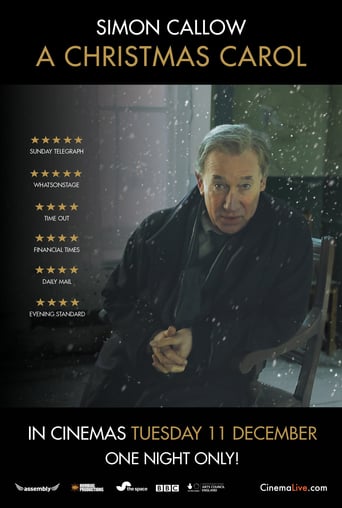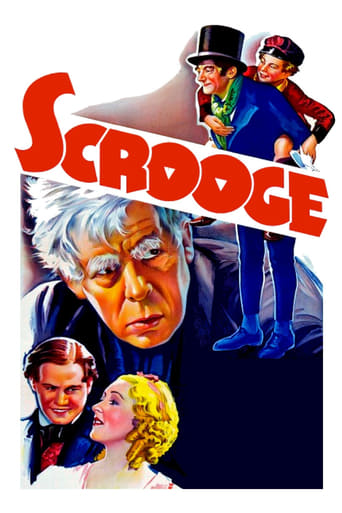
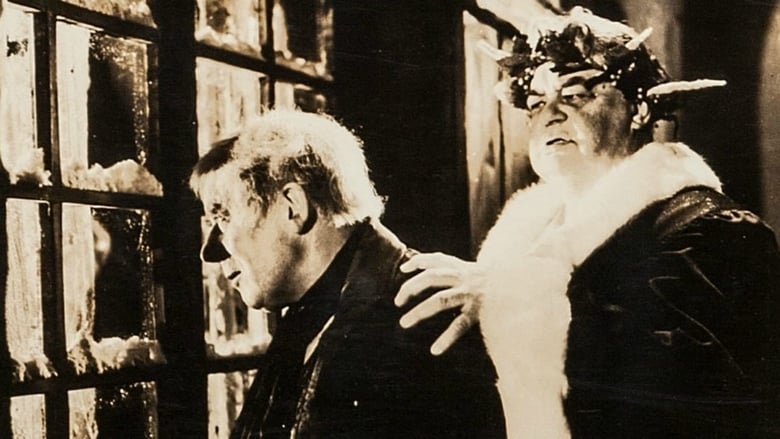
Scrooge (1935)
Ebenezer Scrooge, the ultimate Victorian miser, hasn't a good word for Christmas, though his impoverished clerk Cratchit and nephew Fred are full of holiday spirit. In the night, Scrooge is visited by spirits of the past, present, and future.
Watch Trailer
Cast


Similar titles
Reviews
Scrooge (the 1935 version) is marked by good story-telling, a comfortable pace and workmanlike acting performances. Considering the 1935 production date, the cinematography and special effects are commendable.I enjoyed that it included scenes that typically aren't part of other productions. For example, there is a scene involving an extravagant banquet where scraps are literally thrown out the window to the poor gathered outside the kitchen preparation area. Additionally, you'll see Tim lying dead upon his bed which likely was a surprise and shock to audiences of the day.There were some disappointments as well including Marley's ghost and Bob Cratchit. Although Scrooge can both see and hear Marley's ghost, the viewer can only hear the ghost (who according to the cast list is The Invisible Man, Claude Rains himself in an uncredited role). The meeting between Scrooge and Marley is often one of the story's most powerful scenes and not letting the audience actually see Marley was a mistake. As for the actor playing Bob Cratchit, he seemed a bit too old for the part and failed to generate the sympathy so strongly felt for the character in other presentations.Overall though, for those who love the story, this is a presentation that you can enjoy.
Some companies (Westlake Entertainment being one) have the complete version. 85% of the DVDs are the shortened 63 minute film. But the extra 15 minutes or so add some very touching moments, especially in the Christmas yet to come scene at the Cratchits. The editing process of the shortened version leaves gaps and unexplained situations. One is that Scrooge cuts his nose while shaving-waiting for the poulterer to bring the turkey for the Cratchits. The is why he has a cross of plaster tape on the tip of his nose. And of course the very ending of the film with Scrooge going to church is a nice touch. An excellent version and one of my top 3 choices of this beloved classic.
I bought the Legend edition which presents both the colorized version and the original black & white from 1935. Seymour Hicks is among the first actors to play Scrooge on sound films and remains one of the more successful. A look at IMDb reveals a Homeric catalog of great actors who have played Scrooge over the years on TV or in film: Fredric March, Basil Rathbone, Albert Finney, Tim Curry, Michael Caine, Patrick Stewart, Jim Carrey, among many others. Alistair Sim in the 1951 version, and Reginald Owen in the 1938 MGM version, of course, stand out amid this panoply. Lionel Barrymore was supposed to do the MGM version, but became unavailable for health reasons. Still, he went on to do many a radio version of Scrooge which can be heard today on cassette or CD. About the version by Hicks: he was 64 when he made the film, younger than the 51 of Sim and Owen when they made their versions, a more appropriate age for the role. He had played Scrooge on the stage for years beforehand, but he never quite shuffled off the theatrical acting style he was used to. Note how he rolls his eyes in his bedroom scenes when the ghosts come visiting. Still, he does a masterful job of portraying Scrooge as a miser. He is probably the most disreputable, dirty looking Scrooge you will ever see, a shambling wreck of a man, badly needing a bath, haircut, and a new wardrobe. Eating his cheap meal in a restaurant, he takes his change and doesn't leave a tip, much to the scorn of the waiter. It's amazing that he has a housekeeper who serves him his breakfast. Even some misers have their indulgences. I recommend this film as I would a Shakespeare play performed by different actors. Each actor brings something new to the familiar story, each production brings something novel and interesting. The Dickens story is timeless.
The techniques are pretty creaky, standard for 1935. There are no sweeping camera movements; the special effects are minimal; and the acting by Seymour Hicks as Scrooge is theatrical. He has John Gielgud's quavering voice.Yet it's hard not to be swept up and moved by Dickens' fairy tale. The author played his readers as if they were a gigantic calliope, pulling out stops here and there, pumping away with his feet, and producing this enthralling melody that takes us from selfishness and greed to epiphany and redemption.It's not as good as the Alistair Sims version, which is superlative, but it's effective in its own, old-fashioned right. Probably a lot of the difference is due to performers and crew feeling more comfortable with the technology of movie-making in the 1950s than in 1935. In the 50s version, Sims never overacts as Hicks does here. Sims knew he didn't have to, that the camera would pick up the slightest nuance in dialog or expression.But this version, crude as it is, is no disgrace.




